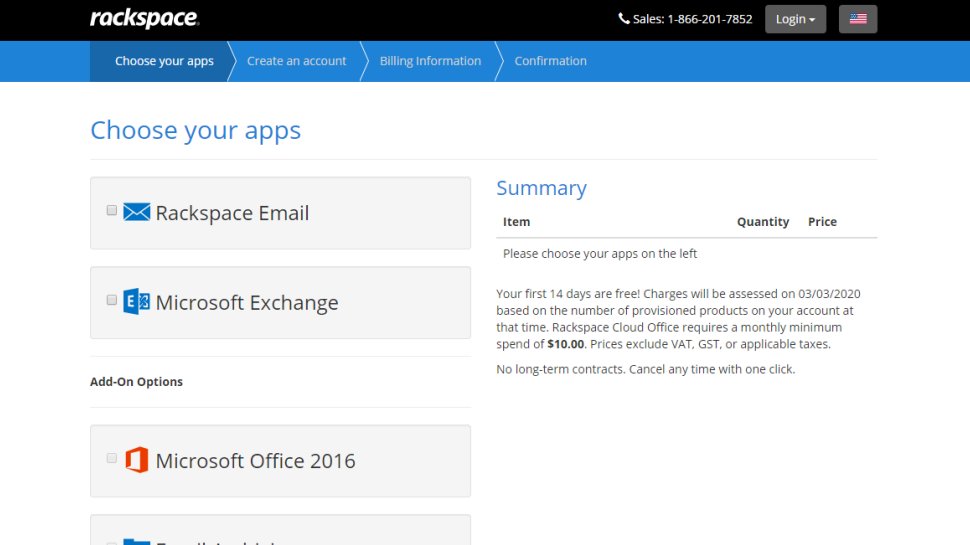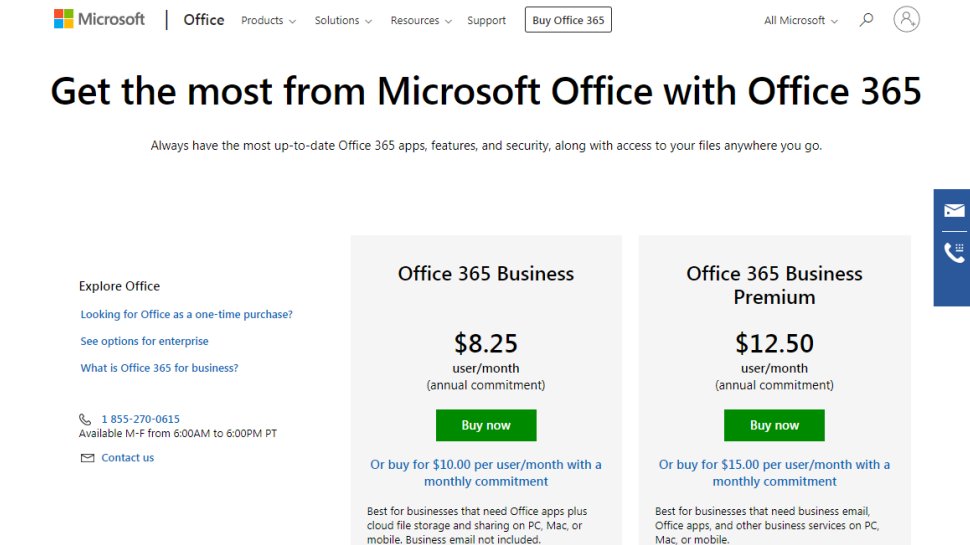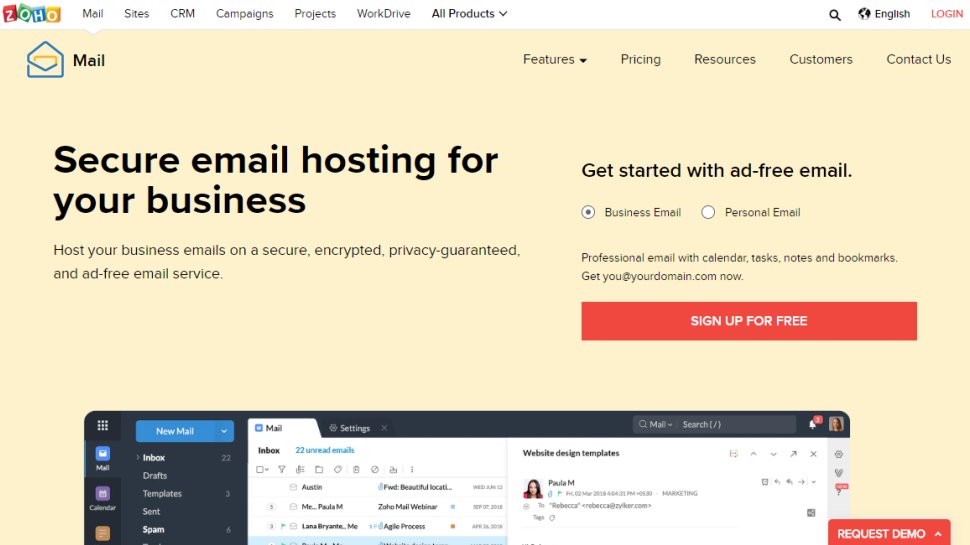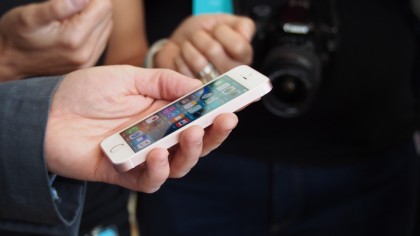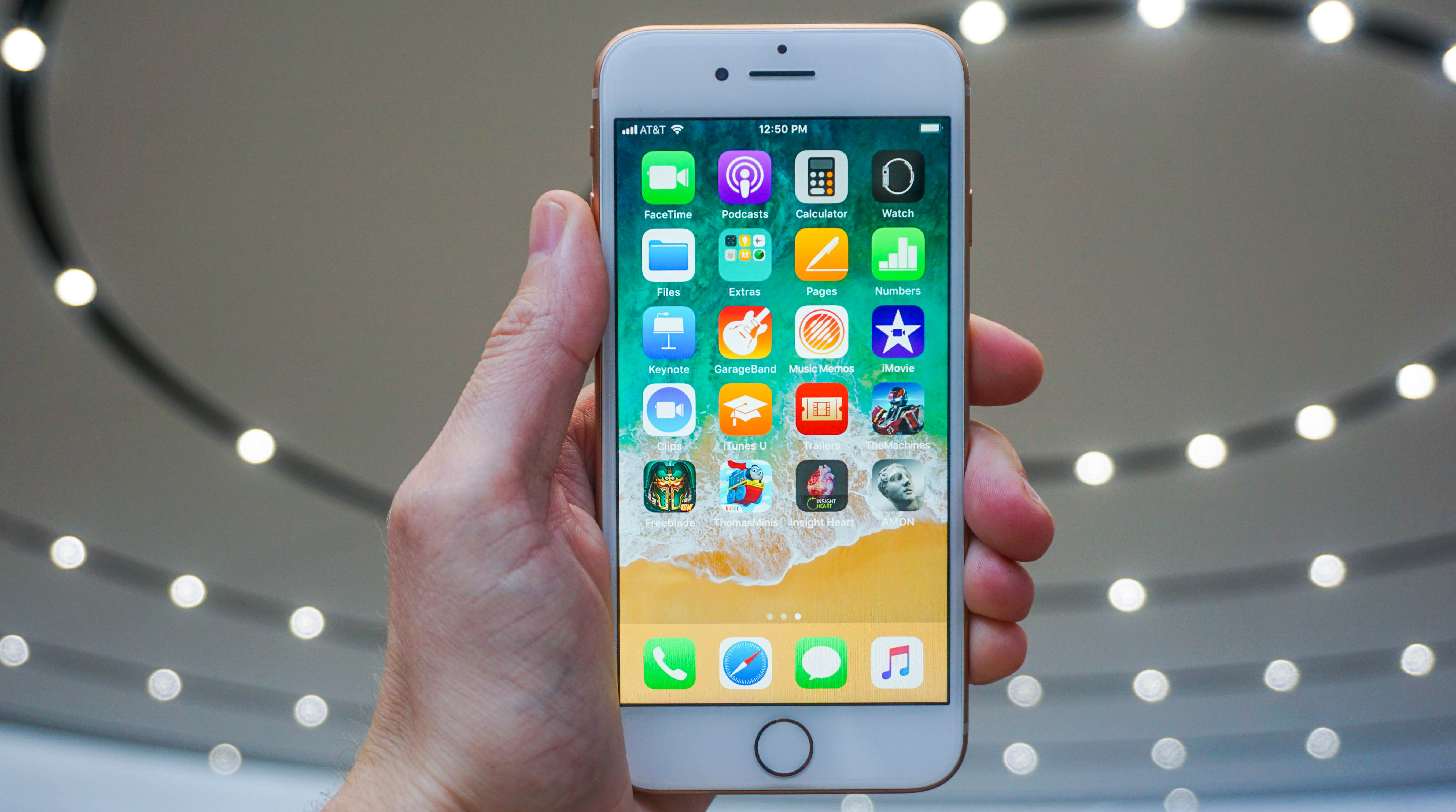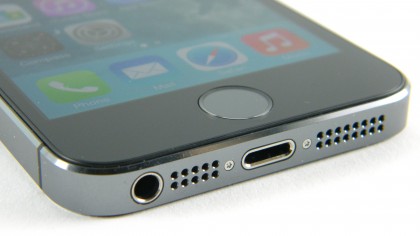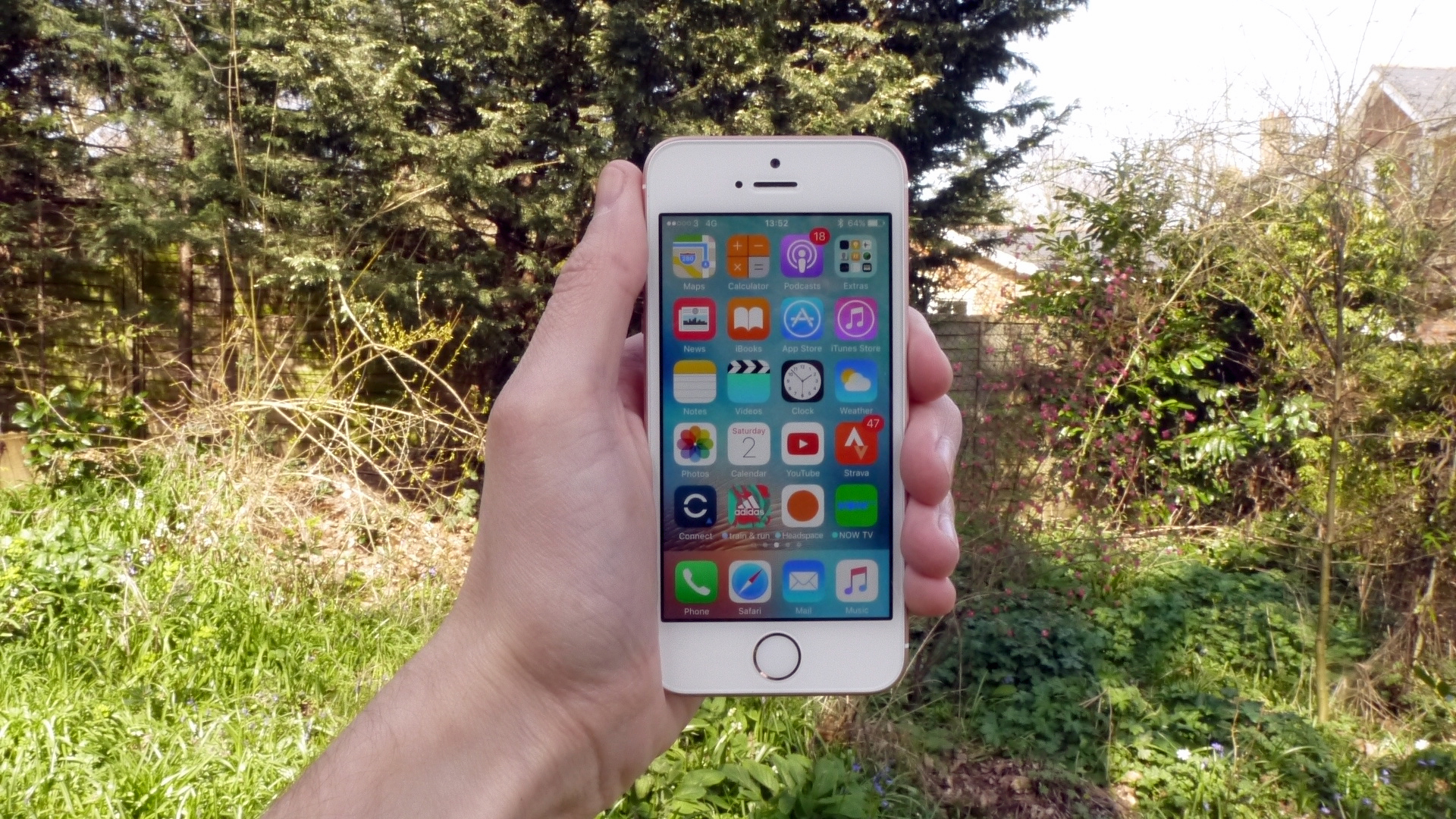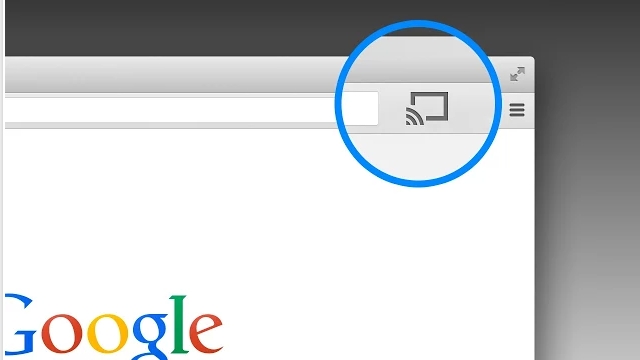The best smartphone of 2020: Top smartphones in the UAE, Saudi and Middle East
Our best smartphone list brings you the best phones available right now in the UAE, Saudi Arabia and the rest of the Middle East. If you already have your mobile OS alliance set you'll want to check out either our ranking of the best Android phone or best iPhone.
If what's on offer in our best smartphone list is a little too pricey for your taste, then don't fear, as we've also got a list of the best cheap phones available right now.
With the first quarter of 2020 behind us, we've already seen some impressive phone launches such as the Galaxy S20 series, the Oppo Find X2 Pro and the Huawei P40 series. While some of these phones are still being extensively tested by us, the Galaxy S20 series has found its place in our best phones roundup- though it might not be the one you expected.
We know that it's not all about the high-cost, super spec phones all the time so we've made you a handy list of all the top smartphones that you can get on the market right now, assessing what really matters to you.
We test these phones rigorously, making sure that we check every angle and feature - but most importantly, considering whether they've got a decent battery, great screen, strong design and a cracking camera.
On top of that, they can't be too exorbitant in price either - not everyone wants or can afford a supercar of a handset, so we've made sure there are plenty of options for you there.
So let's get started on our list of the top phones - you can see them quickly below, and then we're set to talk you through the very best phone in the Middle East right now.
Best phones at a glance
- Samsung Galaxy S20/S20 Plus
- iPhone 11
- Huawei P30 Pro
- iPhone 11 Pro
- Samsung Galaxy Note 10 Plus
- iPhone 11 Pro Max
- Samsung Galaxy Note 10
- Oppo Reno 10X Zoom
- OnePlus 7T
- Samsung Galaxy S10e
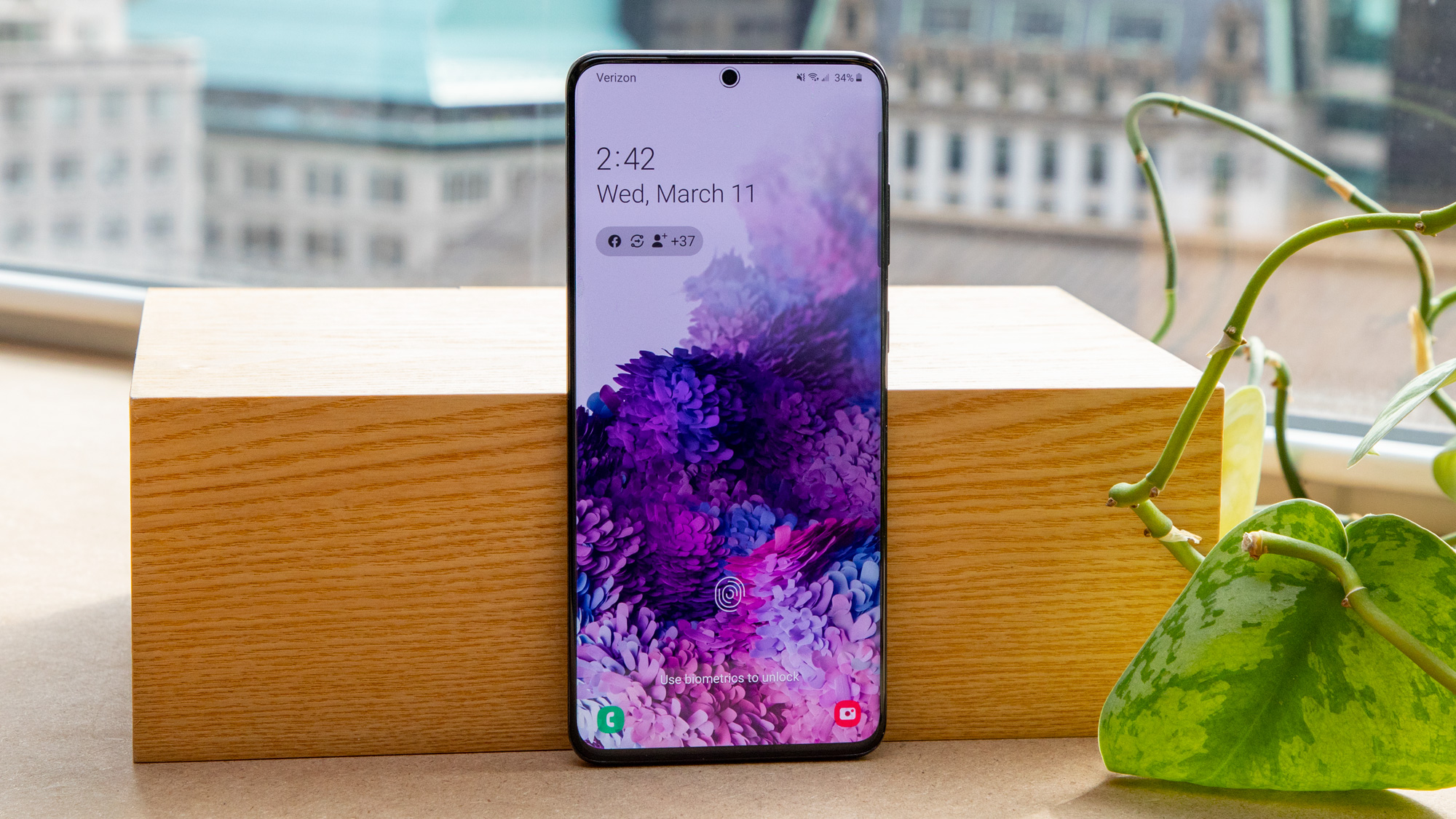
The Samsung Galaxy S20 Plus
The Samsung Galaxy S20 is the best smartphone available right now. That covers both the S20 and the larger Galaxy S20 Plus, as there's very little difference between the two handsets aside from size and a couple of specs.
They take the very best of what's on the smartphone market and put it together in a compelling package that we loved testing.
Screen: Both these devices have phone screens that are a cut above the rest, and each is capable of a 120Hz refresh rate that will allow for far smoother scrolling and gameplay on your phone's screen.
Battery life: The battery life on the Galaxy S20 and Galaxy S20 Plus isn't the best we've ever seen on a smartphone, but larger batteries than the S10 series allow these devices to last longer and it'll be enough for your day.
Both devices come with wireless charging, and there's also a Reverse Power Share feature that allows you to top up your friend's phone too.
Camera: Samsung has improved the camera suite on the Galaxy S20 devices compared to the Galaxy S10. It may not look far better on paper, but larger pixels and improved software adds to the flagship experience.
Mini verdict: The S20 and S20 Plus are packed full of the best Samsung has to offer, and it comes together to give you the best smartphone experience around right now. If we had to pick one, we'd go for the bigger screen, larger battery slightly improved rear camera of the Galaxy S20 Plus, but both phones deserve their best phone crown.
Read more: Galaxy S20 review | Galaxy S20 Plus review
Price comparison:
The best Samsung Galaxy S20 deals
The best Samsung Galaxy S20 Plus deals

The Samsung Galaxy S20 Plus
The Samsung Galaxy S20 is the best smartphone available right now. That covers both the S20 and the larger Galaxy S20 Plus, as there's very little difference between the two handsets aside from size and a couple of specs.
They take the very best of what's on the smartphone market and put it together in a compelling package that we loved testing.
Screen: Both these devices have phone screens that are a cut above the rest, and each is capable of a 120Hz refresh rate that will allow for far smoother scrolling and gameplay on your phone's screen.
Battery life: The battery life on the Galaxy S20 and Galaxy S20 Plus isn't the best we've ever seen on a smartphone, but larger batteries than the S10 series allow these devices to last longer and it'll be enough for your day.
Both devices come with wireless charging, and there's also a Reverse Power Share feature that allows you to top up your friend's phone too.
Camera: Samsung has improved the camera suite on the Galaxy S20 devices compared to the Galaxy S10. It may not look far better on paper, but larger pixels and improved software adds to the flagship experience.
Mini verdict: The S20 and S20 Plus are packed full of the best Samsung has to offer, and it comes together to give you the best smartphone experience around right now. If we had to pick one, we'd go for the bigger screen, larger battery slightly improved rear camera of the Galaxy S20 Plus, but both phones deserve their best phone crown.
Read more: Galaxy S20 review | Galaxy S20 Plus review
Price comparison:
The best Samsung Galaxy S20 deals
The best Samsung Galaxy S20 Plus deals
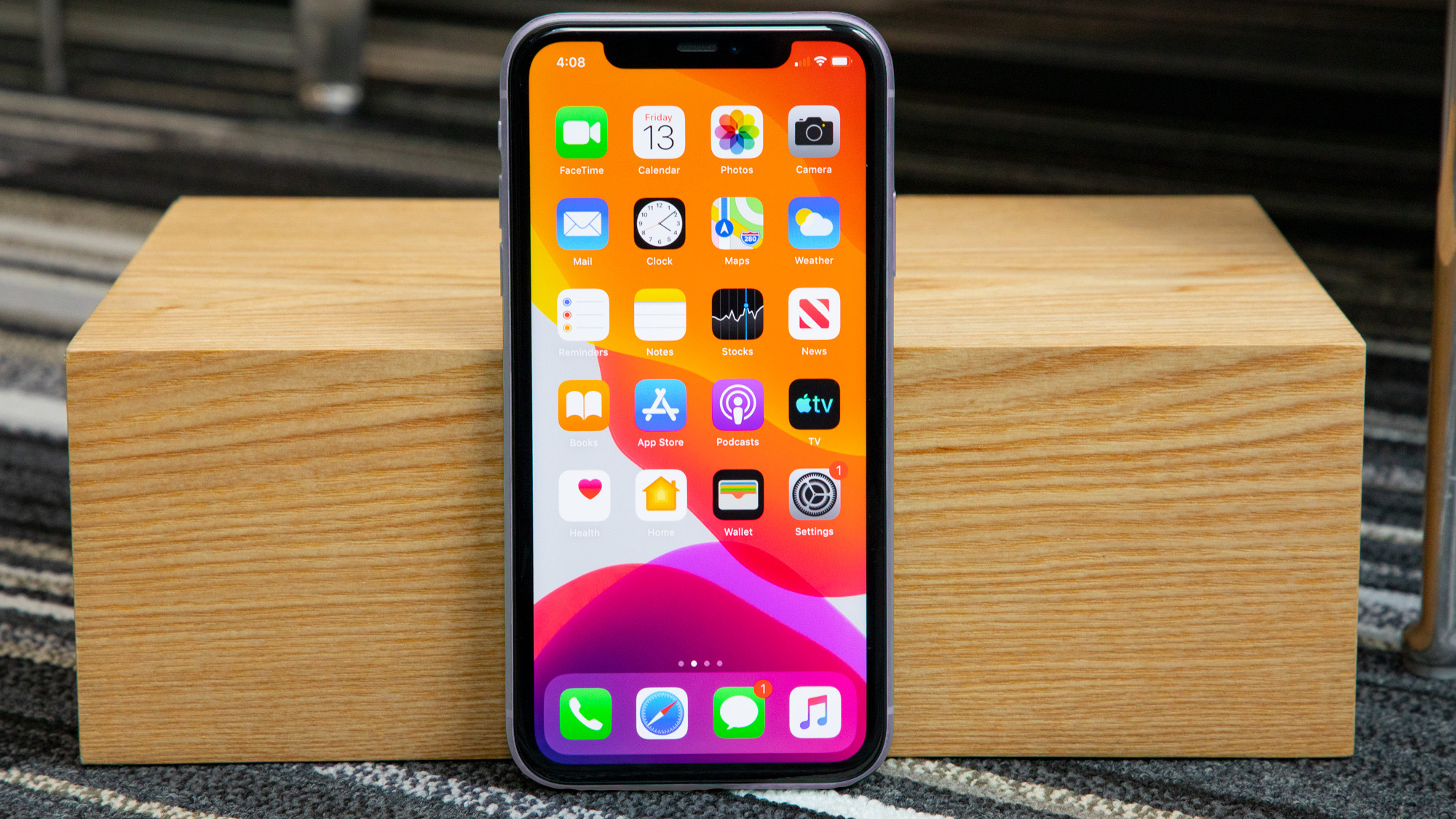
Image Credit: TechRadar
There's a new hero for iPhone fans, with the iPhone 11 offering the best mix of features and price. In fact, the iPhone 11 is so good that it has risen close to the top of our best smartphones list and is the iPhone we recommend to anyone.
The specs here aren't as impressive as they are on the iPhone 11 Pro or iPhone 11 Pro Max, but the trade-off in a lower price for this device makes it a must-have for many Apple fans.
Screen: This isn't the best screen you'll find on an iPhone, but it's still a vibrant display that's large enough to watch video on.
Battery life: The easiest way to describe battery life on the iPhone 11 is good, but not great. You'll get around a day of usage from the iPhone 11, but it's not as good as the Pro Max.
Camera: Expect a similar experience from the camera on the iPhone 11 as on the iPhone XR. If you want the best camera on an iPhone, you'll want the Pro, but it's still an impressive shooter on the rear of the standard 11.
Mini verdict: The iPhone 11 offers some of the best features from Apple in a more affordable package. Many will be happy with what the iPhone 11 can do, but others will want to look toward the high-spec iPhone 11 Pro or Pro Max to get the very best.
Read our in-depth iPhone 11 review
Price comparison: The best iPhone 11 deals
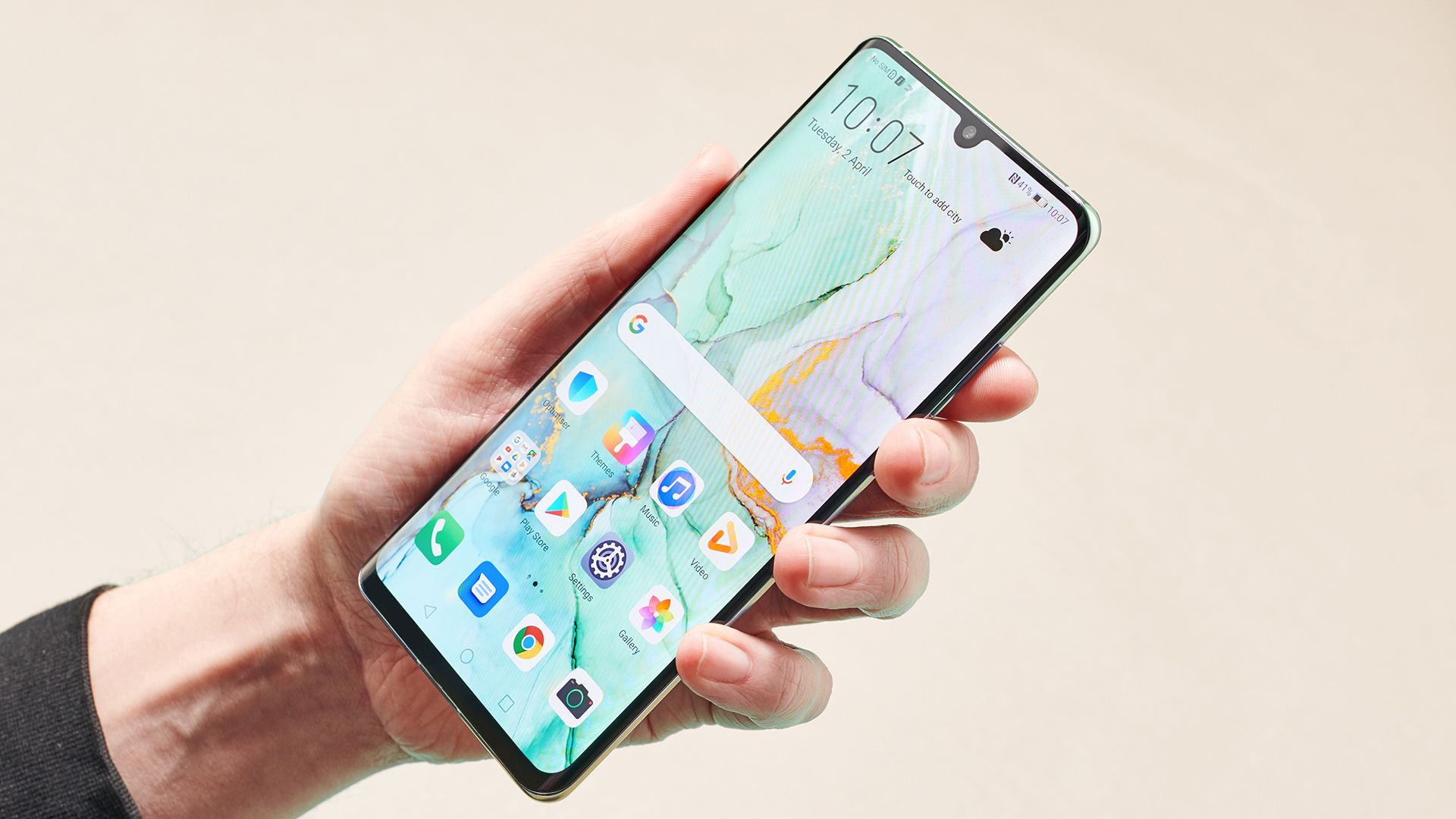
Image Credit: TechRadar
The Huawei P30 Pro is so close to being the best smartphone right now, and for some it will take top spot in their minds.
It's the best phone we've used when it comes to photography with 5x and 10x zoom capabilities and fantastic low-light performance.
Screen: The large 6.47-inch screen on the P30 Pro may 'only' have a Full HD+ resolution, but it's bright, clear and colorful providing an excellent canvas for your apps and games.
Battery life: There's no worry when it comes to the P30 Pro potentially running out of juice, the battery life here is excellent. We regularly got to the end of the day with 30% or more left in the tank.
Camera: The cameras are the P30 Pro's real party piece, providing staggeringly good 5x and 10x zoom, and a digital 50x zoom with gets you insanely close to objects far off in the distance. Its low-light capabilities are also top-notch.
Mini Verdict: The P30 Pro not only sets a new standard for Huawei, it sets a new standard for the entire mobile industry. Its cameras are quite simply astonishing, the design is eye-catching and the power plentiful. It’s a true flagship smartphone.
Read more: Huawei P30 Pro review
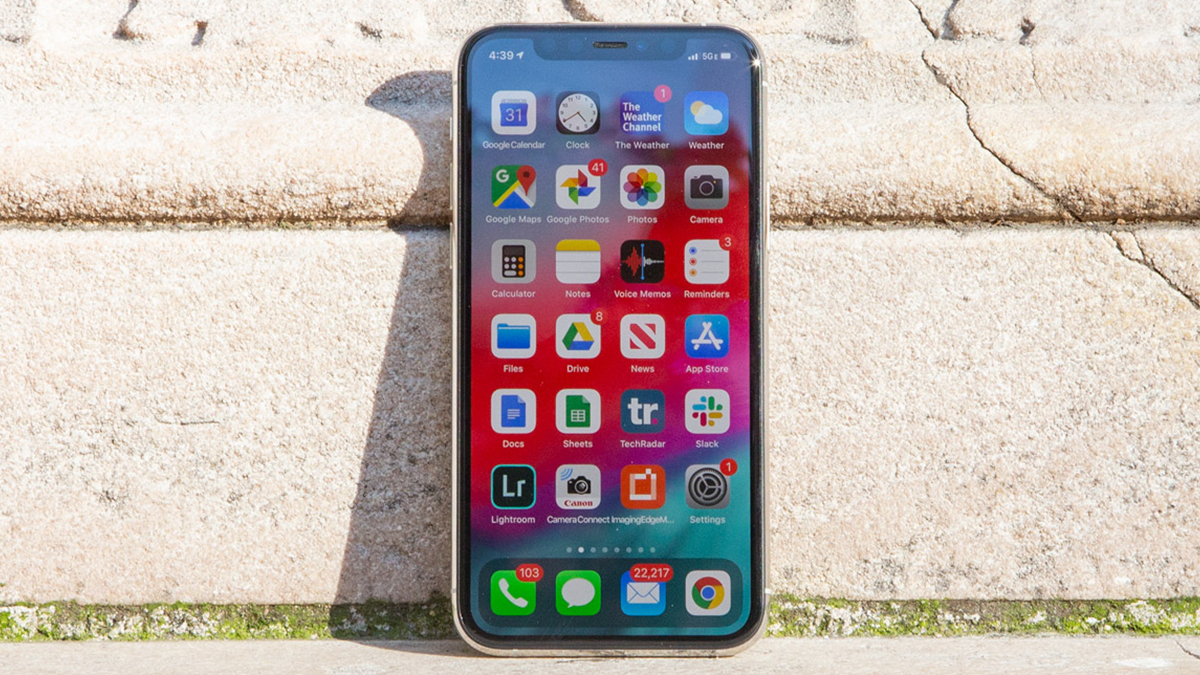
Image Credit: TechRadar
Want something a bit more from your iPhone? You're in luck with the iPhone 11 Pro as it features some improved spec including a more high-end rear camera that can compete with the very best.
It'll cost more than the iPhone 11 did on the page before, but if you're after one of the top iPhones this is the best option with a smaller display than the iPhone 11 Pro Max.
Screen: It's not the largest screen on the market, but it looks great compared to the iPhone 11 and will suit you if you're looking for an iPhone with a smaller display.
Battery life: The battery life is slightly longer than the last few generations of the iPhone, but don't expect anything game changing here when it comes to the length your phone will last for.
Camera: Apple has put most of its focus into the rear cameras on this device, and while the design of the rear of the phone has been controversial these cameras can create some truly stunning photography that competes with the very best camera phones.
Mini verdict: You'll have to spend a bit extra to get the iPhone 11 Pro, but it's well worth it if you want a phone that sports iOS 13 but comes with top-end features.
Read our in-depth iPhone 11 Pro review
Price comparison: The best iPhone 11 Pro deals
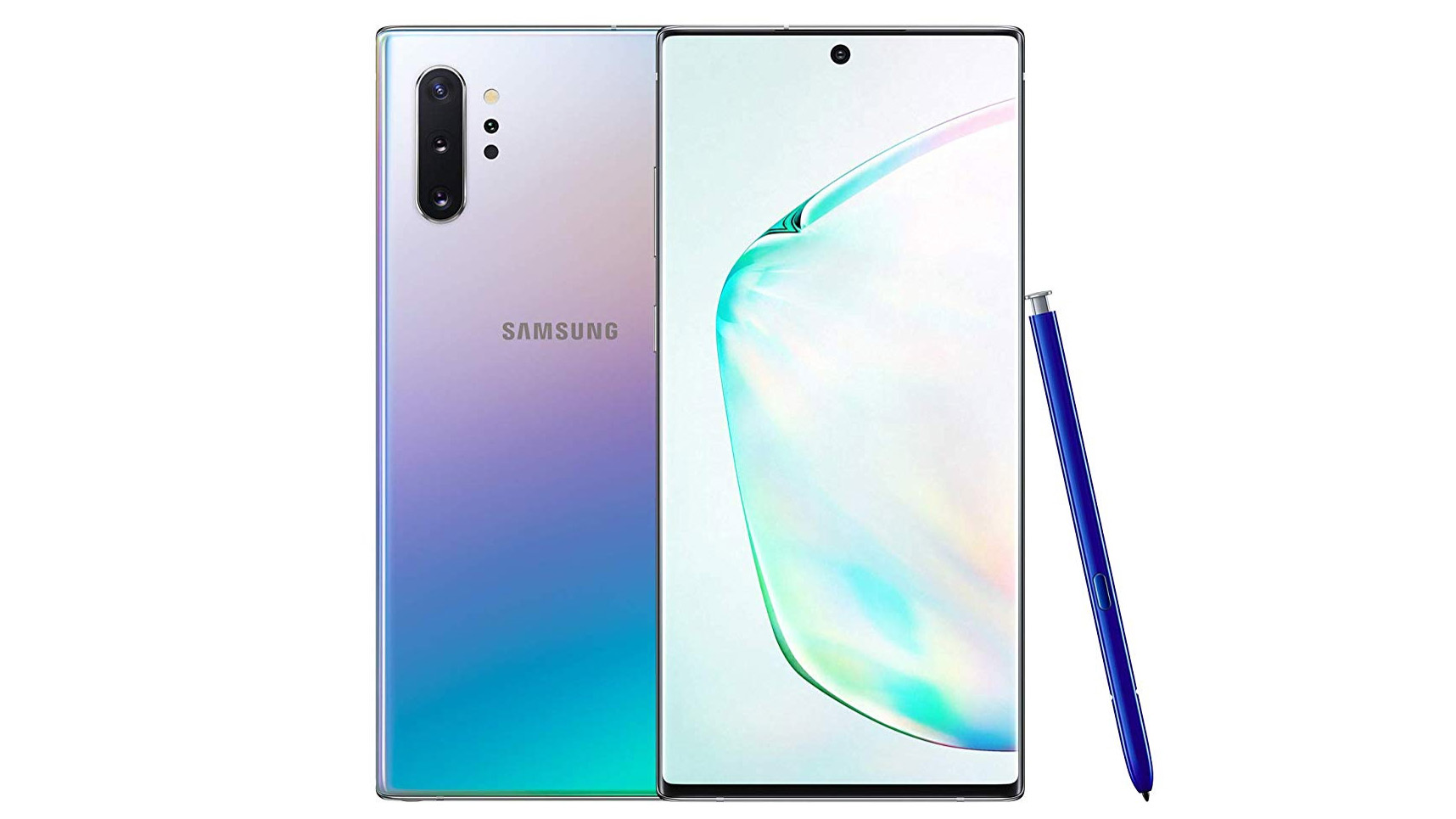
The Samsung Galaxy Note 10 Plus is one of the largest phones there is, but this stylus-toting handset is our second favorite phone you can buy right now.
It's expensive, but it features some of the best specs you'll get on a smartphone in 2019.
Screen: The screen on this phone is huge and the Infinity-O cutout means there's little interruption to the display here, allowing for an immersive experience.
Battery life: We found the battery life on the Samsung Galaxy Note 10 Plus to easily last the whole day, plus the fast charging tech means you're able to pump it up quickly when you're nearing 0%.
Camera: The camera setup on the Samsung Galaxy Note 10 Plus isn't the best on the market, but it's impressive and offers a lot of fun features that you may want to play around with.
Mini Verdict: Samsung's Galaxy Note 10 Plus is a remarkable device, but it's only for those who want a large phone and don't mind spending that bit extra on a device. The S10 Plus will be more suitable for most, but the Note 10 Plus is a great phone too.
Read more: Samsung Galaxy Note 10 Plus review
Price comparison: The best Samsung Galaxy Note 10 Plus deals
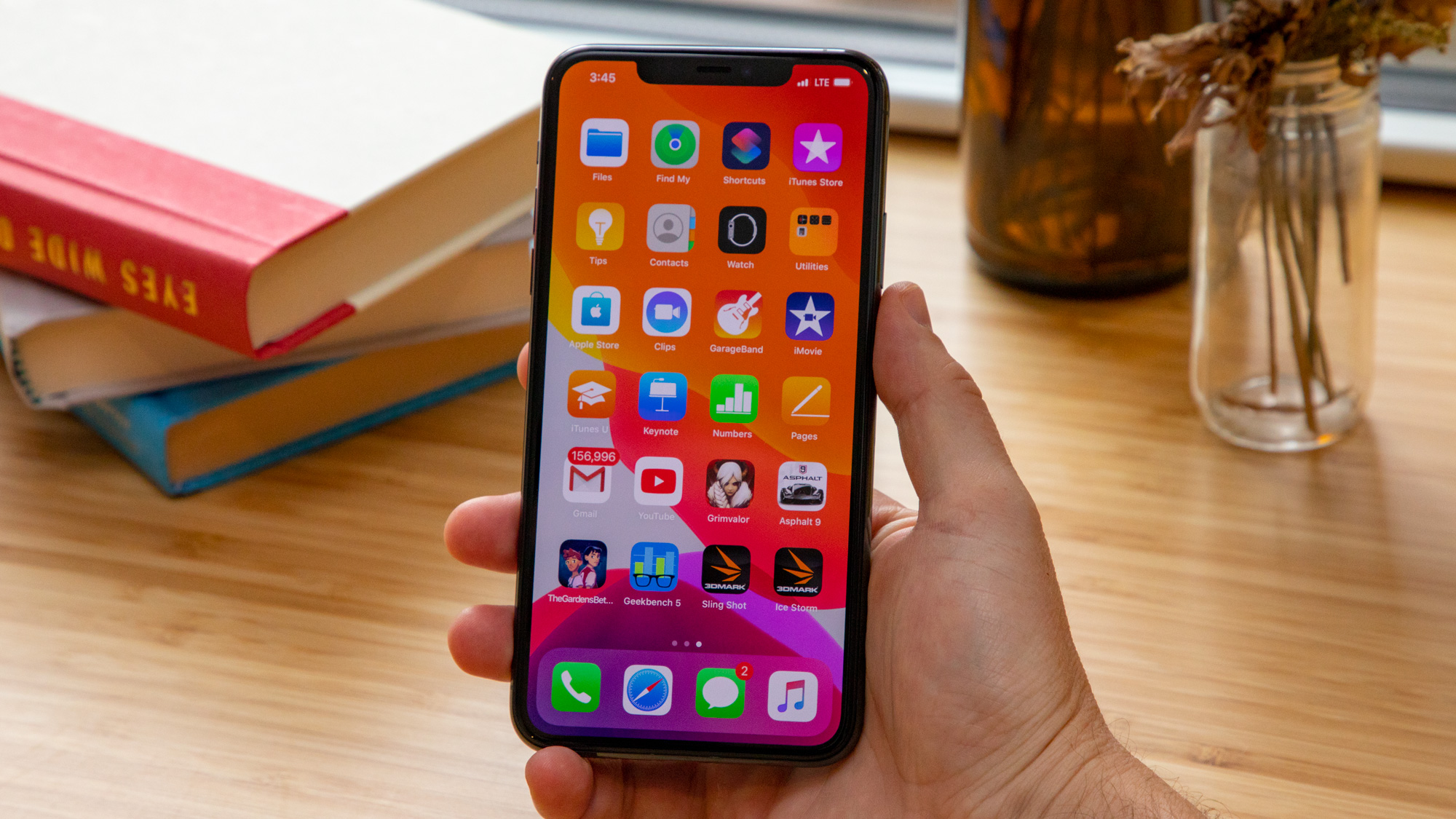
Image Credit: TechRadar
The iPhone 11 Pro Max is the biggest phone Apple has created, and it's also the most high-spec'd phone from the company.
It's expensive even by iPhone standards, but it features an all-screen, notch-toting, almost bezel-free design with masses of power under the hood. The big upgrades compared to the iPhone XS Max are the improved cameras and boosted power.
Screen: The 6.5-inch OLED screen on the iPhone 11 Pro Max really grabbed our attention - it's fantastic for video streaming and gaming.
Battery life: This is some of the best battery life we've ever experienced on an iPhone, with further optimizations within iOS and a larger cell inside the phone itself. It's still not game-changing, but it's better than other Apple handsets.
Camera: The triple camera setup on the iPhone 11 Pro Max is fantastic. This is the first time Apple has implemented three rear cameras, and it offers a great experience. Plus, it can be fun to use.
Mini verdict: If your hands are as big as your bank balance, the iPhone 11 Pro Max takes Apple's smartphone to a whole new level with an improved camera and more.
Read our in-depth iPhone 11 Pro Max review
Price comparison: The best iPhone 11 Pro Max deals
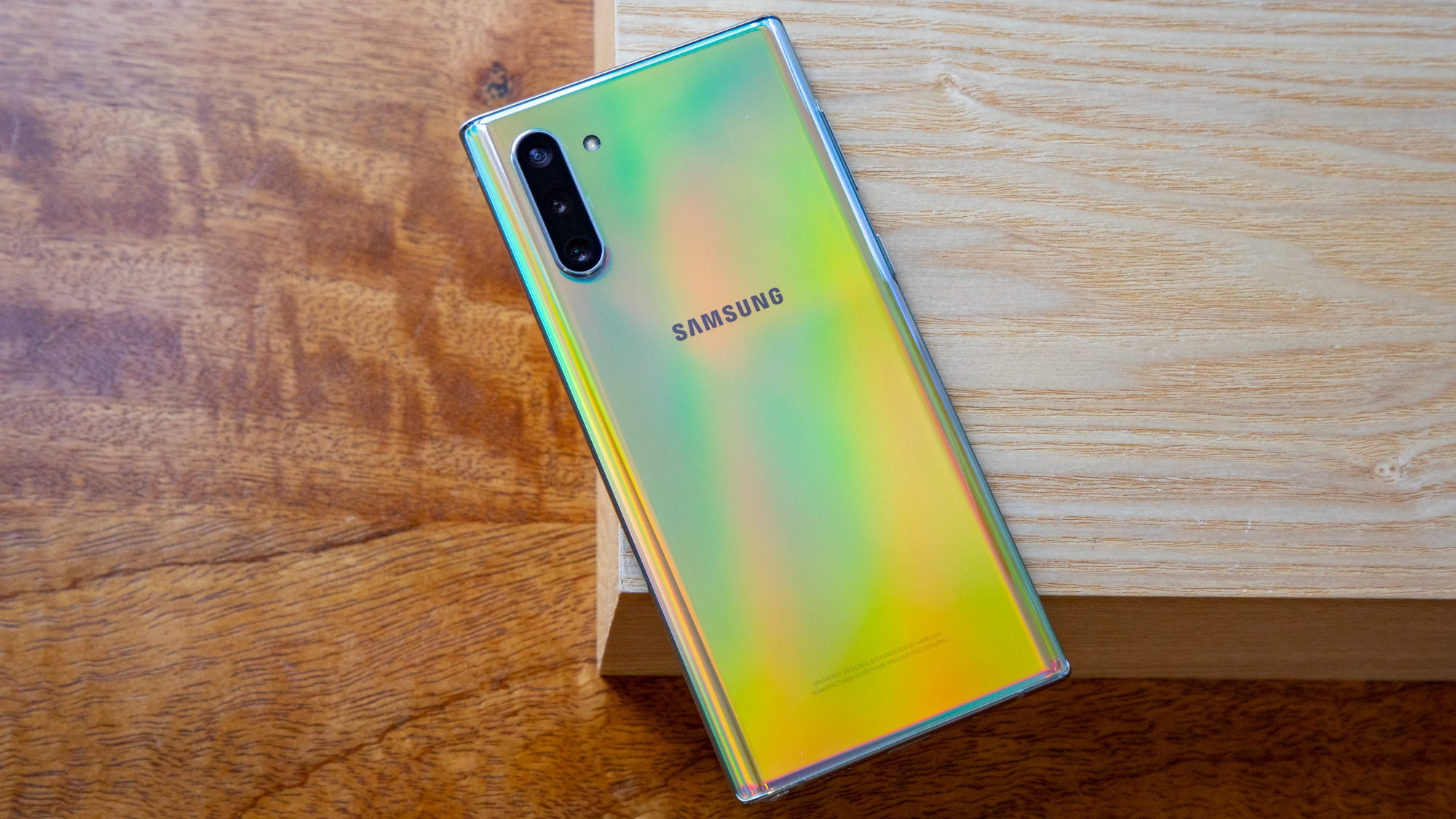
Yeah, that's right - Samsung now offers two versions of its S Pen-toting Note range, and this one comes with a lower spec than the one you've read about earlier in this list.
The Galaxy Note 10 is better for those with smaller hands, thanks to its much smaller display and smaller dimensions, but the battery life suffers a little for that.
Screen: This may be a Samsung Galaxy Note handset, but the display isn't anywhere near as big as you'd expect. It's a 6.3-inch display with an Infinity-O cutout for the selfie camera.
Battery life: The battery is where the Galaxy Note 10 begins to suffer a little as we found it regularly ran out before the end of a full day, but it's enough for average usage.
Camera: The rear camera of the Galaxy Note 10 is similar to all other flagship Samsung phones released in 2019, and it's good but not the best we've seen on a smartphone.
Mini verdict: The Galaxy Note 10 isn't as high-spec as the Galaxy Note 10 Plus, but if you want a stylus on a smaller phone than the gargantuan Plus then you may want to opt for this.
Read our full Samsung Galaxy Note 10 review
Price comparison: The best Samsung Galaxy Note 10 deals

Image Credit: TechRadar
The Oppo Reno 10x Zoom boasts an attractive pop-up selfie camera, cutting-edge chipset and competitive camera lineup, making it one of the best phones available right now.
Odd name aside, there's a lot to like with the Reno 10x Zoom, and if you're looking for something a little different for you next phone this could be just the ticket.
Screen: Thanks to the pop-up selfie camera, there's no notch intruding on the display and with almost zero bezel you're treated to an eye-popping 93.1% screen-to-body ratio. It just looks great.
Battery life: The battery on the Reno 10x Zoom lasts for about a day of medium-to-heavy use, and a day and a half if you use it a little less. That's what we expect from a modern smartphone, so no issues here.
Camera: Despite what its name may suggest, this phone actually offers up a whopping 60x zoom, which gets you alarmingly close to objects far in the distance. It's a digital zoom, so quality degrades a little, but even the 5x optical zoom is impressive.
Mini verdict: The Oppo Reno 10x Zoom is a stylish phone – between its sleek look, asymmetrical pop-up and delicate back colours, it looks great – and, surprisingly for a Chinese smartphone with its own UI, the software is good to look at too.
Read our full Oppo Reno 10x Zoom review

Image Credit: TechRadar
If you're looking for an affordable flagship phone which doesn't have any major compromises on features or functionality, stop looking and check out the OnePlus 7T.
Screen: One of the highlights of the 7T is its large 90Hz display. It can compete with most top-end handsets and offers great colour accuracy and response.
Battery life: The OnePlus 7T battery provides all-day use from a single charge. It's unlikely to go much further than a day, but it's what we've come to expect these days.
Camera: The OnePlus 7T camera feels like a significant improvement over the OnePlus 7, with some impressive software wizardry on tap to optimize your images.
Mini verdict: The OnePlus 7T is the best 'T' upgrade to any OnePlus phone to date and an attractive proposition for those who find the OnePlus 7T Pro too bulky.
Read our full: OnePlus 7T review
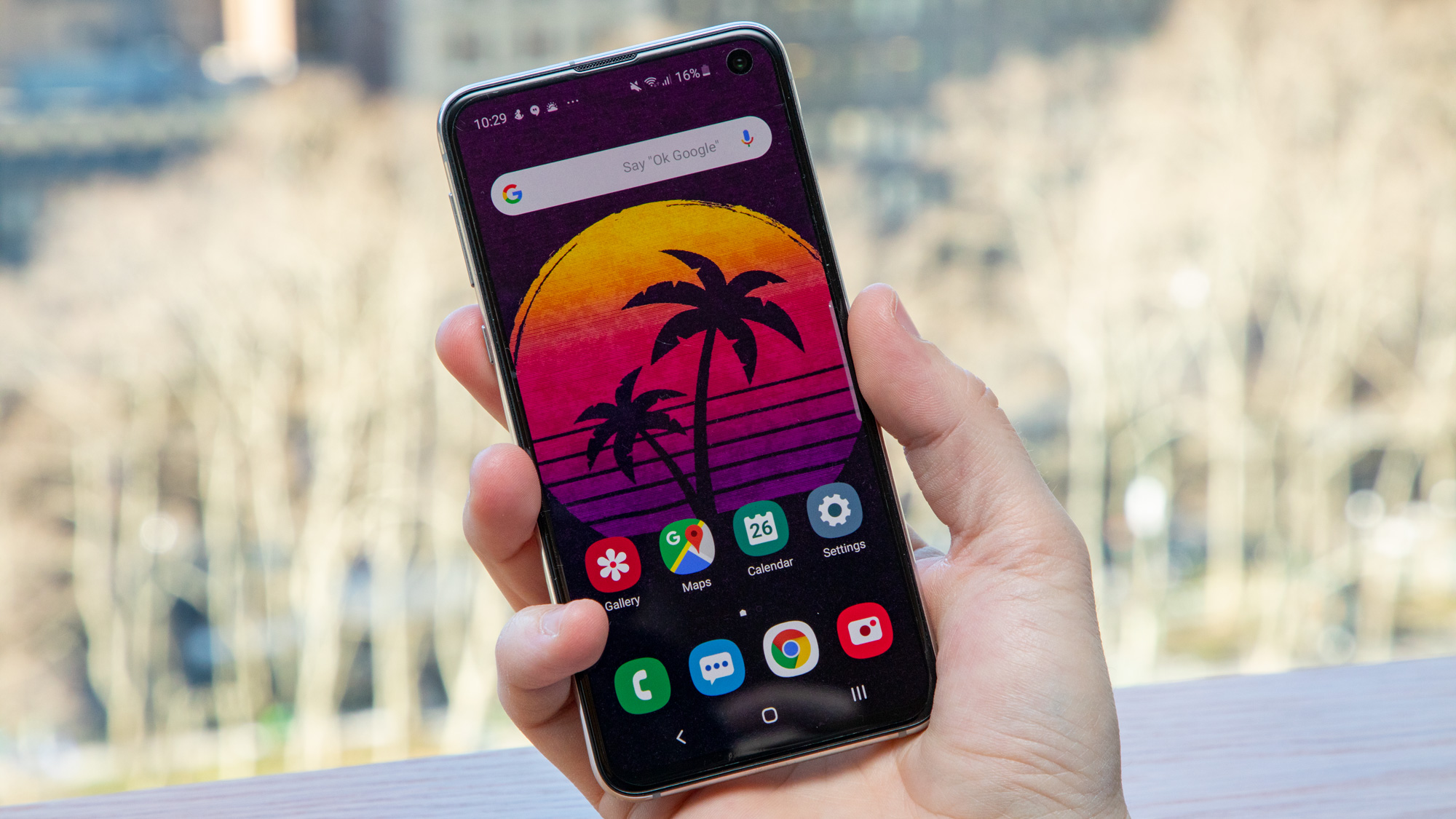
Like the look of the new S10 and S10 Plus, but not a fan of their lofty price tags? Well fear not, as Samsung has catered for you with the Galaxy S10e.
The Galaxy S10e has many of the flagship features of its pricier siblings, while offering a more palm-friendly size and a few compromises to help keep the cost down.
Screen: You don't get a QHD resolution here, instead you'll have to accept a Full HD+ 5.8-inch screen - but the Super AMOLED display provides plenty of colour and pop.
Battery life: We found battery life lasted a day on a single charge - which is what we've come to expect from phones - plus its wireless charging and Wireless PowerShare making topping it up, and you other devices, even easier.
Camera: The dual camera setup on the S10e isn't quite as good as the triple cameras on the S10 and S10 Plus, but they're still highly capable snappers producing quality photos with ease.
Mini verdict: It’s hard not to recommend the S10e to anyone who prefers a smaller phone. Size queens, look elsewhere - this smartphone is for folks who want to text and browse apps one-handed without compromising performance.
Read our in-depth Samsung Galaxy S10e review
Price comparison: The best Samsung Galaxy S10e deals
You're at the end of our best smartphone guide, but that doesn't mean we can't help you still - if you're stuck on which model is for you, we've got a tool that can compare all the phones together and you can decide which one suits you best based on the cost.



